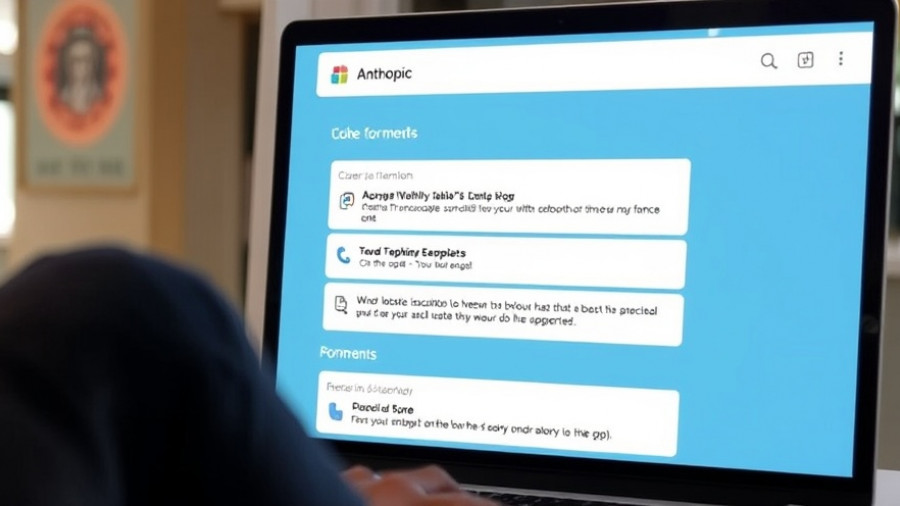
The Intersection of Technology and Heritage
The revival of a 25-year-old Linux tape driver exemplifies the intersection between nostalgia and cutting-edge technology. Engineer Dmitry Brant has harnessed Claude AI, created by Anthropic, to retro-engineer the QIC-80 tape driver, a relic from the 1990s that many thought had been lost to digital history. This project not only showcases innovative engineering but also emphasizes the importance of preserving our digital heritage—an essential aspect in an era of rapid technological advancement.
How AI Revitalized a Legacy Driver
Brant’s journey began when he faced the daunting task of modernizing an outdated driver riddled with bugs and compatibility issues due to its age. Many engineers would shy away at the formidable challenge posed by such a task, especially one involving technologies as niche as early tape drives. However, with Claude AI, Brant found an ally capable of understanding and refactoring the old code.
Brant meticulously guided the AI through the old source code, instructing it to highlight and resolve build issues compatible with modern Linux distributions. The AI’s capacity to generate solutions, from patching errors to suggesting architectural overhauls, transformed what could have taken weeks of manual debugging into a matter of days. This aspect is critical, as discussions on platforms like Hacker News reveal a community eager for efficient tools that can tackle legacy code, particularly in open source environments.
The Role of AI in Preventing Digital Obsolescence
As Brant worked on the project, one vital takeaway emerged: AI tools like Claude AI are reshaping the landscape of coding, allowing engineers to access complex prototyping without exhaustive prior knowledge. This democratization of technology is particularly significant as industries strive to maintain and revive legacy systems that carry historical significance.
The implications of this project extend into the broader tech landscape. As AI continues to evolve, its applications in restoring and maintaining older technologies could bridge the gaps between disparate generations of tech.
Potential Industry Transformations
Brant’s project casts light on potential transformations that are awaiting the tech industry. The revival of old software through AI does not just serve hobbyists; it also opens avenues for businesses relying on aging tech. Many organizations have critical data archived on outdated systems, and modernizing these infrastructures presents a significant opportunity. Engineers and tech leaders must not only consider developing new technologies but also this ethos of sustainable tech preservation.
Looking Ahead to AI's Role in Engineering
The successful updating of the QIC-80 tape driver is reminiscent of how technological evolution has often required revisiting the foundations of older systems. As Brant demonstrates, AI like Claude can act as a “whisperer” for legacy code, assisting engineers in moving forward while learning from the past.
Why This Matters to You
If you’re intrigued by technology, Brant’s pioneering work serves as a reminder of the value in understanding software’s history. It pushes forth the notion that as we continue to innovate, preserving digital heritage should remain a priority. The skill set that combines machine learning with legacy systems is proving essential, not only for enthusiasts but also for any business looking to operate within a tech-savvy economy.
Conclusion: Embracing the Future through AI
The revival of Brant’s Linux tape driver is a testament to how modern AI can be utilized to ensure that historical technologies can provide insight into future systems. By embracing tools like Claude AI, we are not just salvaging the past—it’s about enhancing our future. As we look forward to further advancements, remember that every innovation stands on the shoulders of those that came before, and preserving that legacy may be one of our greatest achievements.
 Add Row
Add Row  Add
Add 




Write A Comment